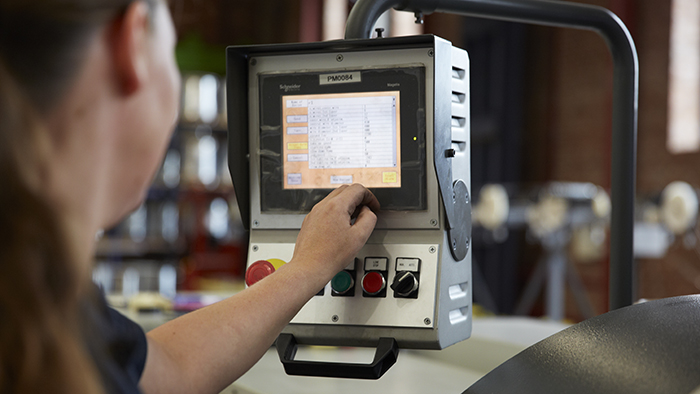About this project
Explore the people and organisations behind this research, and find related publications by the research team.
Research areas
Natural and Built Environment Research GroupRelated publications
An evaluation of the impact of the office environment on productivity Extracting real value from data generated from workspace sensors Is employee wellbeing a waste of time?Funding partners
MitieRelated courses
Our teaching is informed by research. Browse undergraduate and postgraduate courses with links to this research project, topic or team.
Get in touch
Find key contacts for enquiries about funding, partnerships, collaborations and doctoral degrees.
Making better workplaces with smart sensors and AI
About this project
Explore the people and organisations behind this research, and find related publications by the research team.
Research areas
Natural and Built Environment Research GroupRelated publications
An evaluation of the impact of the office environment on productivity Extracting real value from data generated from workspace sensors Is employee wellbeing a waste of time?Funding partners
MitieRelated courses
Our teaching is informed by research. Browse undergraduate and postgraduate courses with links to this research project, topic or team.
Get in touch
Find key contacts for enquiries about funding, partnerships, collaborations and doctoral degrees.



